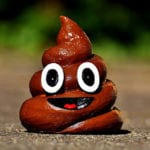 Weird Stuff
Weird Stuff  Weird Stuff
Weird Stuff  Our World
Our World 10 Ways Your Christmas Tree Is More Lit Than You Think
 Movies and TV
Movies and TV The 10 Coolest Stars to Set Sail on The Love Boat
 History
History 10 Things You Didn’t Know About the American National Anthem
 Technology
Technology Top 10 Everyday Tech Buzzwords That Hide a Darker Past
 Humans
Humans 10 Everyday Human Behaviors That Are Actually Survival Instincts
 Animals
Animals 10 Animals That Humiliated and Harmed Historical Leaders
 History
History 10 Most Influential Protests in Modern History
 Creepy
Creepy 10 More Representations of Death from Myth, Legend, and Folktale
 Technology
Technology 10 Scientific Breakthroughs of 2025 That’ll Change Everything
 Weird Stuff
Weird Stuff Ten Bizarre Facts About The Doge Meme
 Our World
Our World 10 Ways Your Christmas Tree Is More Lit Than You Think
 Movies and TV
Movies and TV The 10 Coolest Stars to Set Sail on The Love Boat
Who's Behind Listverse?

Jamie Frater
Head Editor
Jamie founded Listverse due to an insatiable desire to share fascinating, obscure, and bizarre facts. He has been a guest speaker on numerous national radio and television stations and is a five time published author.
More About Us History
History 10 Things You Didn’t Know About the American National Anthem
 Technology
Technology Top 10 Everyday Tech Buzzwords That Hide a Darker Past
 Humans
Humans 10 Everyday Human Behaviors That Are Actually Survival Instincts
 Animals
Animals 10 Animals That Humiliated and Harmed Historical Leaders
 History
History 10 Most Influential Protests in Modern History
 Creepy
Creepy 10 More Representations of Death from Myth, Legend, and Folktale
 Technology
Technology 10 Scientific Breakthroughs of 2025 That’ll Change Everything
10 Really Weird Chinese Medical Treatments And Their Effects
Chinese medicine has been around an extremely long time. Systematic records of medical techniques first appeared in China around the second century BC. Since then, hundreds of thousands of doctors have worked their magic, eventually giving birth to the Traditional Chinese Medicine (TCM) of today.
TCM is well-known for its bizarre and unorthodox approach to medicine. We are only just beginning to understand how it works from a contemporary scientific perspective. Although few comprehensive studies exist to make sense of everything, there is just enough research to let us put together a list of interesting, sometimes scary, and downright weird TCM treatments.
10 Cupping
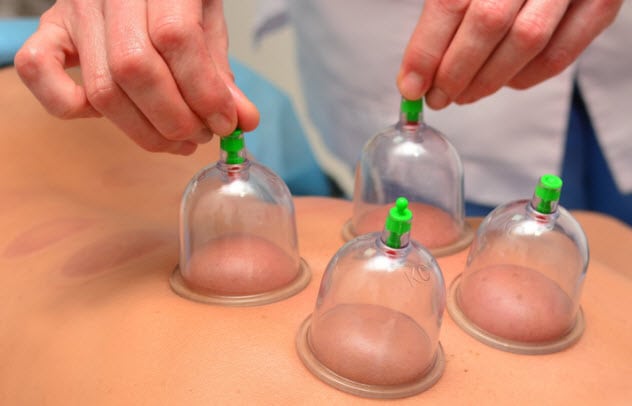
If we take a look past the bruise-covered Michael Phelps, a whole new world of cupping promises a lot more than a little placebo. Beyond aiding athletic performance, cupping is generally used to help chronic pain. It may also be a treatment for cardiovascular disease, arthritis, and high blood pressure.
According to recent research, cupping can increase vasodilation and blood circulation, allowing your body to get rid of waste and toxins faster. Although there might not be evidence that cupping will rid you of your heart condition anytime soon, it may be an effective treatment for relieving all sorts of aches and pains with minimal side effects.[1]
With the pain out of the way, you’ll be ready to hit the pool again. But you may want to take a lesson from Phelps and keep your shirt on.
9 Acupuncture
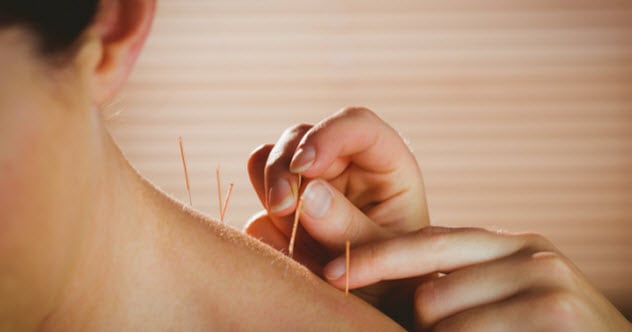
Acupuncture is a tried-and-true practice that is becoming more accepted around the world. Historically, it was thought to be able to stimulate life force and heal a myriad of diseases. Today, it is a common treatment for chronic pain. In China, it is even used as a form of anesthesia during surgery.
Studies have shown that patients have a good response to acupuncture as a treatment for chronic pain and fibromyalgia. Its effectiveness as a supplemental therapy is becoming more apparent as time goes on.[2]
Although not for the faint of heart, acupuncture gets the job done with a deceptively little amount of pain—as long as you can get past the idea of being simultaneously stabbed in multiple places in the name of health.
8 Ginseng
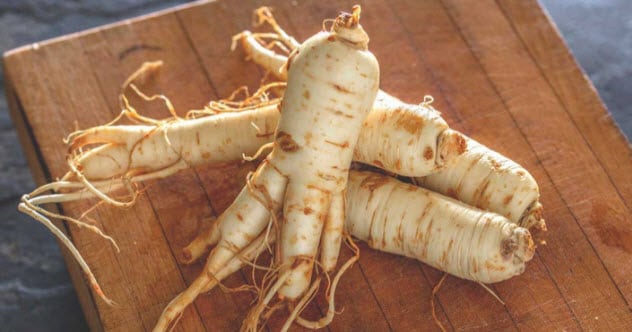
One of the most iconic ingredients in any TCM concoction, ginseng is translated as “person plant root” for its stark resemblance to a human with limbs. The obvious visual similarities shared with the human body have made ginseng a symbolic cure for all human ailments in Chinese medicine. However, beyond the mysticism, this root is known to have many beneficial effects that can promote well-being in the long run.
Due to its potent antioxidant effects, ginseng is thought to reduce inflammation. Research has shown its potential to reduce oxidative stress in the human body. This reduction of inflammation may significantly affect your health, with links being drawn to improvements in brain health, erectile dysfunction, and even cancer prevention.[3]
7 Seahorses
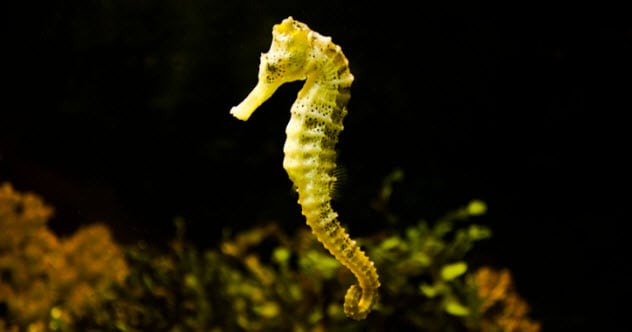
One of our favorite sea-dwelling creatures, seahorses are defined by their unique ability to have male pregnancy. They are used worldwide as pets in aquariums and even as food, with TCM finding a myriad of potential health benefits in the majestic little creatures.[4]
Seahorses are touted for benefiting the kidneys as well as sexual performance and libido, with links drawn to general well-being and vigor. Practitioners claim that seahorses bolster kidney strength as well as stimulate nerve activity.
6 Softshell Turtles
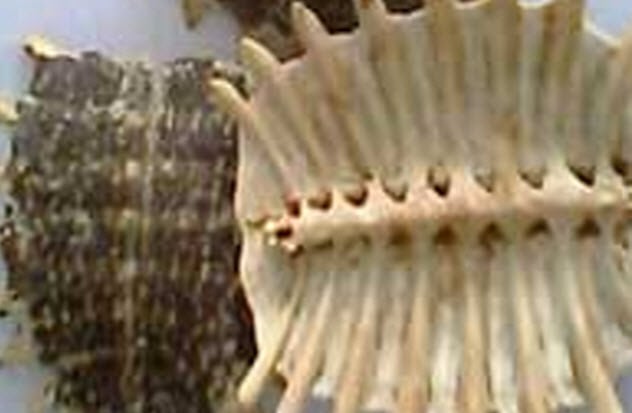
Softshell turtles are an expensive ingredient thought to have cooling properties. It is believed that a soft turtle shell can moisturize skin, nourish blood, treat diarrhea, and boost the overall immune system.
According to some research, soft turtle shell promotes the production of immune globulin, which can prolong the existence of certain antibodies. This boosts the immune system and protects us from disease.[5]
Beyond medical practice, softshell turtles are considered a delicacy in certain areas of China as they are full of minerals and collagen.
5 Cockroaches
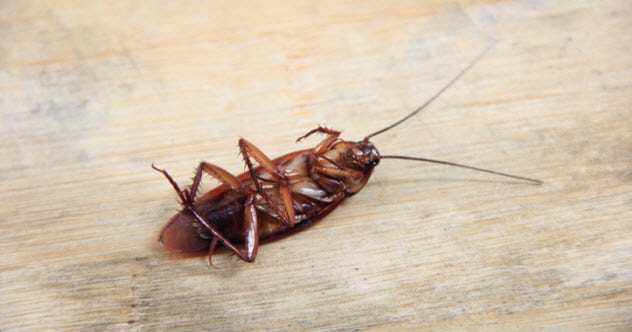
Cockroaches have really taken off in TCM over the last decade. Many farms all over China house billions of the hair-raising crawlers for use in medicine. In 2013, there was even a disaster where millions of cockroaches escaped from a cockroach farm.
Cockroaches are thought to help with burns and are used in many cosmetic products in China and South Korea.
They are also believed to help gastroenteritis, duodenal ulcers, and pulmonary tuberculosis. In fact, a Sichuan-based pharmaceutical company is developing a medicinal syrup that promises just that.[6]
4 Deer Sinew

Another medicinal staple in Chinese households, deer sinew is thought to potentially benefit everyone with its ability to strengthen bones and tendons, reduce muscle spasms, and even bring temporary relief from arthritis. These effects are believed to be related to the high level of collagen peptide and proteins contained inside the sinews. Studies show the ability of this tissue to reduce bone loss and the progression of osteoporosis in rats.
Should you ever decide to invest in some deer sinew for bone health, do try to find a reliable source as there have been many reports of pharmacies selling cheap cattle tendons in place of the real deer.[7]
3 Sea Stars
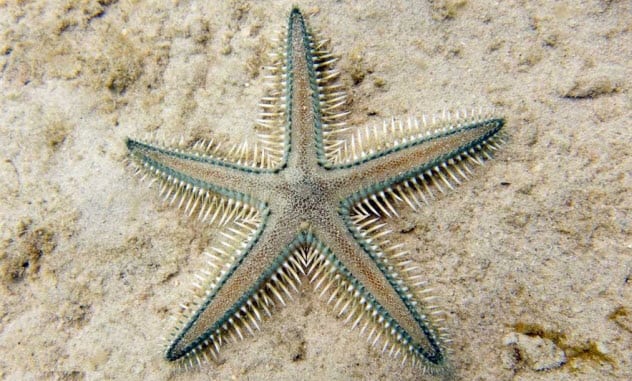
Sea stars (aka starfish) are also known for their potent anti-inflammatory properties. With inflammation linked to many ailments such as arthritis, diabetes, heart disease, irritable bowel syndrome, Alzheimer’s disease, Parkinson’s disease, allergies, asthma, and even cancer, it’s easy to see how an ingredient with anti-inflammatory effects would be sought-after.
These effects are even being explored in Western medicine. There, the slimy goo of a particular sea star is being investigated for its application in treating inflammation-related illnesses.[8]
2 Caterpillar Fungus
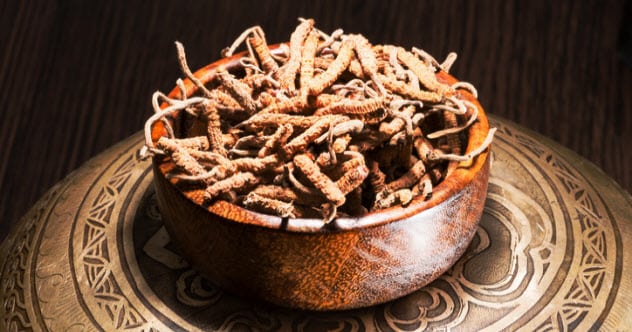
Known as “worm grass” in China, caterpillar fungus goes by the name Cordyceps in the scientific community. It is a scary fungus that starts life as a little spore infecting the backs of moth caterpillars that live high in the mountains.
Once the unsuspecting caterpillars die, the fearsome fungus grows out of the hosts’ bodies in the form of stringy, alien-like fingers. Thankfully, the infectious properties of the fungus don’t affect humans.[9]
Cordyceps is known to help kidney and liver problems, and some athletes use it to boost performance. New research is even showing activity against cancer cells that could reduce the size of tumors, particularly in lung and skin cancers.
1 Gecko
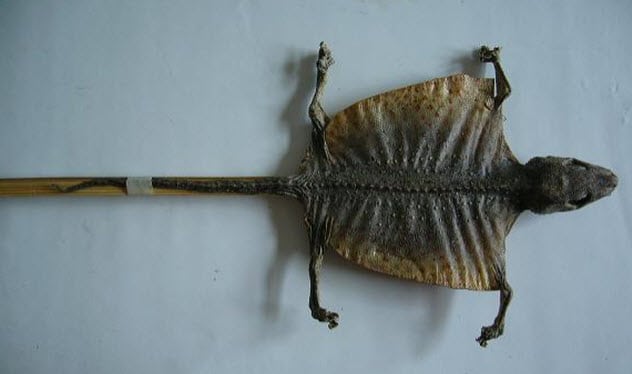
Geckos are used to fight coughs and colds with their supposed ability to affect the lungs and kidneys (both of which are linked to coughing in TCM). By nourishing the kidneys and strengthening the lungs, your cough will be gone in no time—and all with a simple pinch of dried lizard. Practitioners commonly prescribe it as a cure for impotence and premature ejaculation, too.
If you’ve ever wondered what that gross dried creature hanging ominously from the window of your local Chinese pharmacy is, now you know exactly what it does and just how magical its effects are.[10]
I’m a first-year student recovering from myalgic encephalomyelitis. Looking forward to writing again and excited about learning lots of weird and cool new facts.
Read about more ancient medical treatments on 10 Secrets Of Ancient Medicine and 10 Medical Treatments You Won’t Believe are Still Used.




